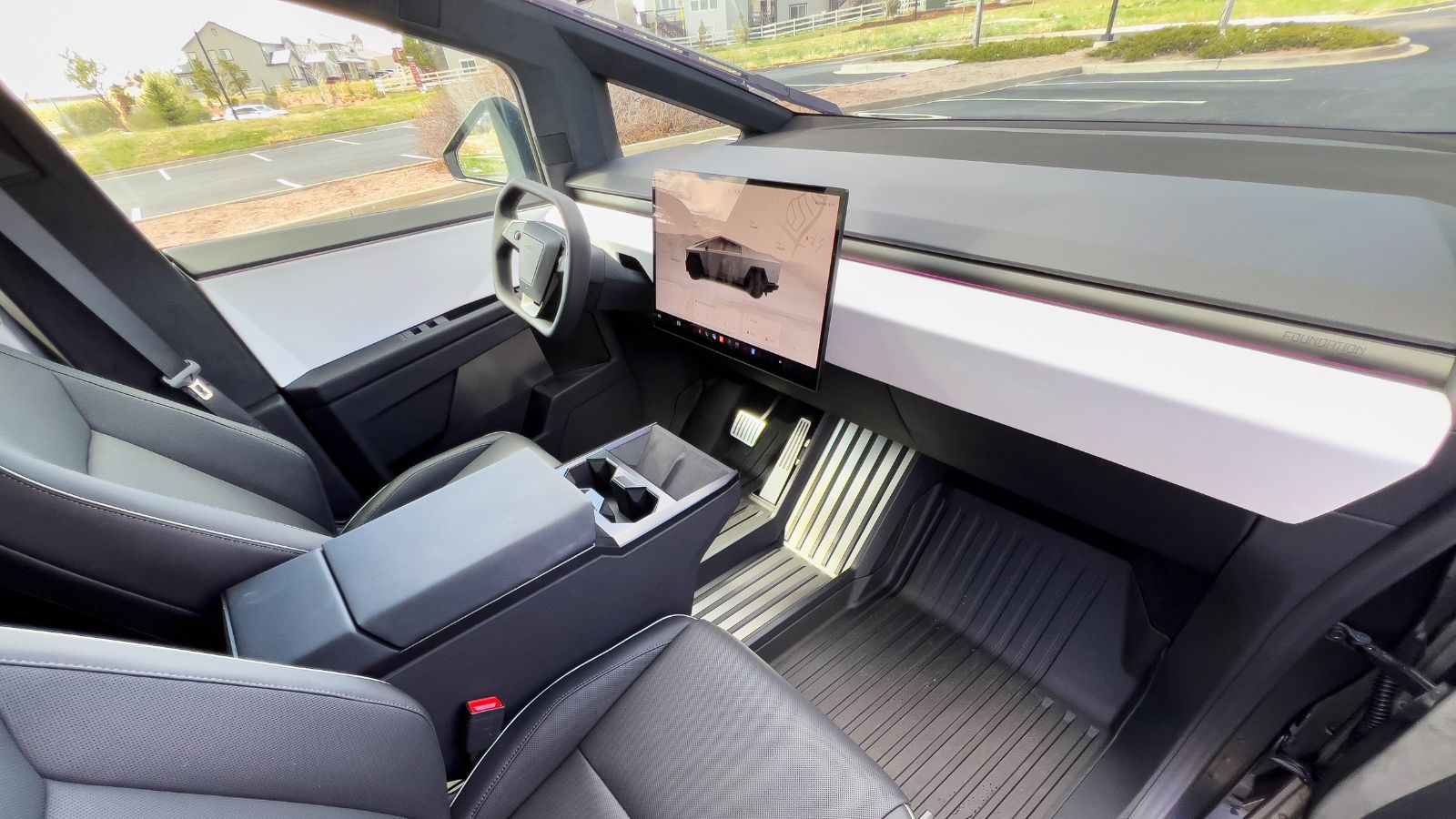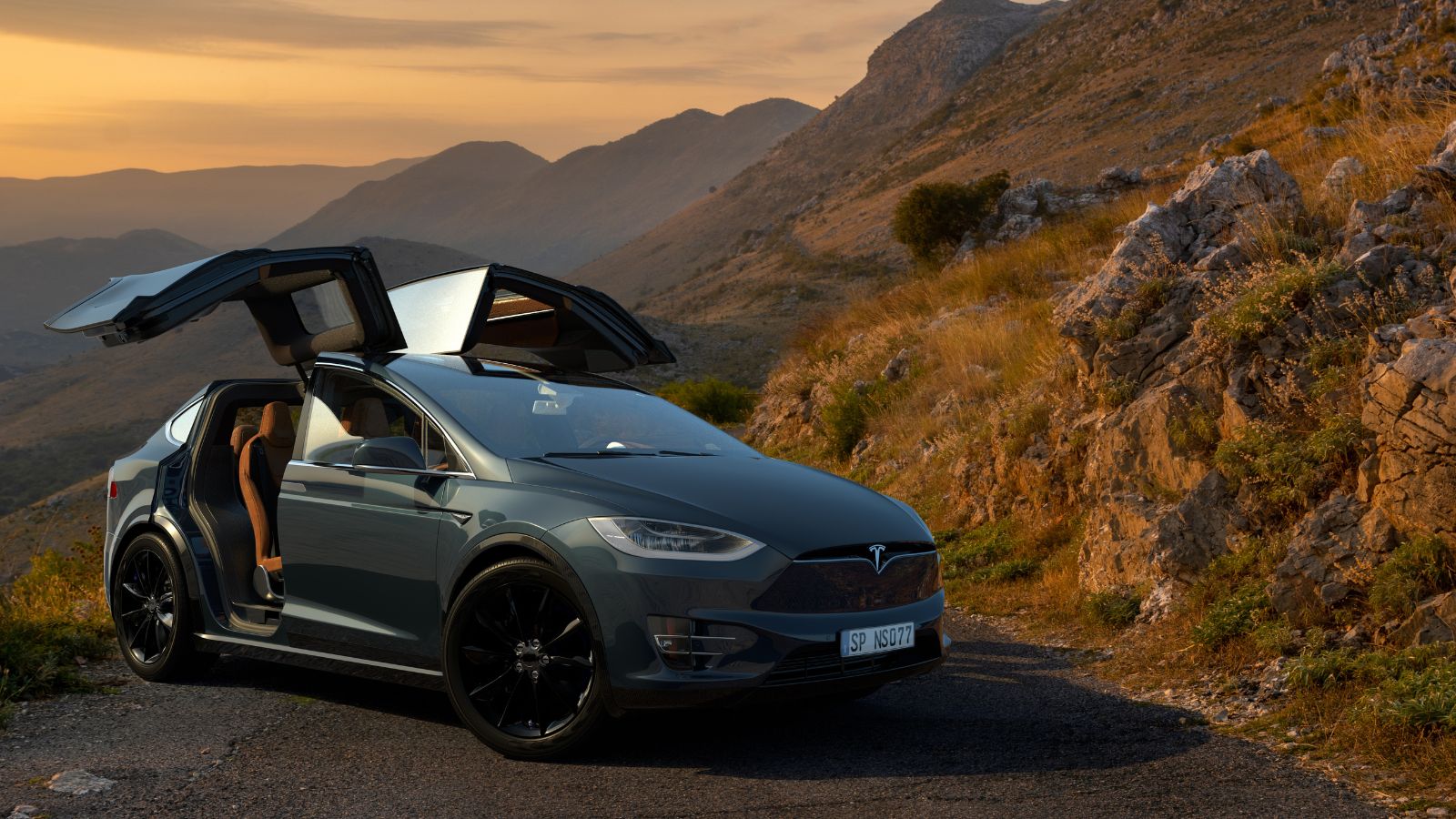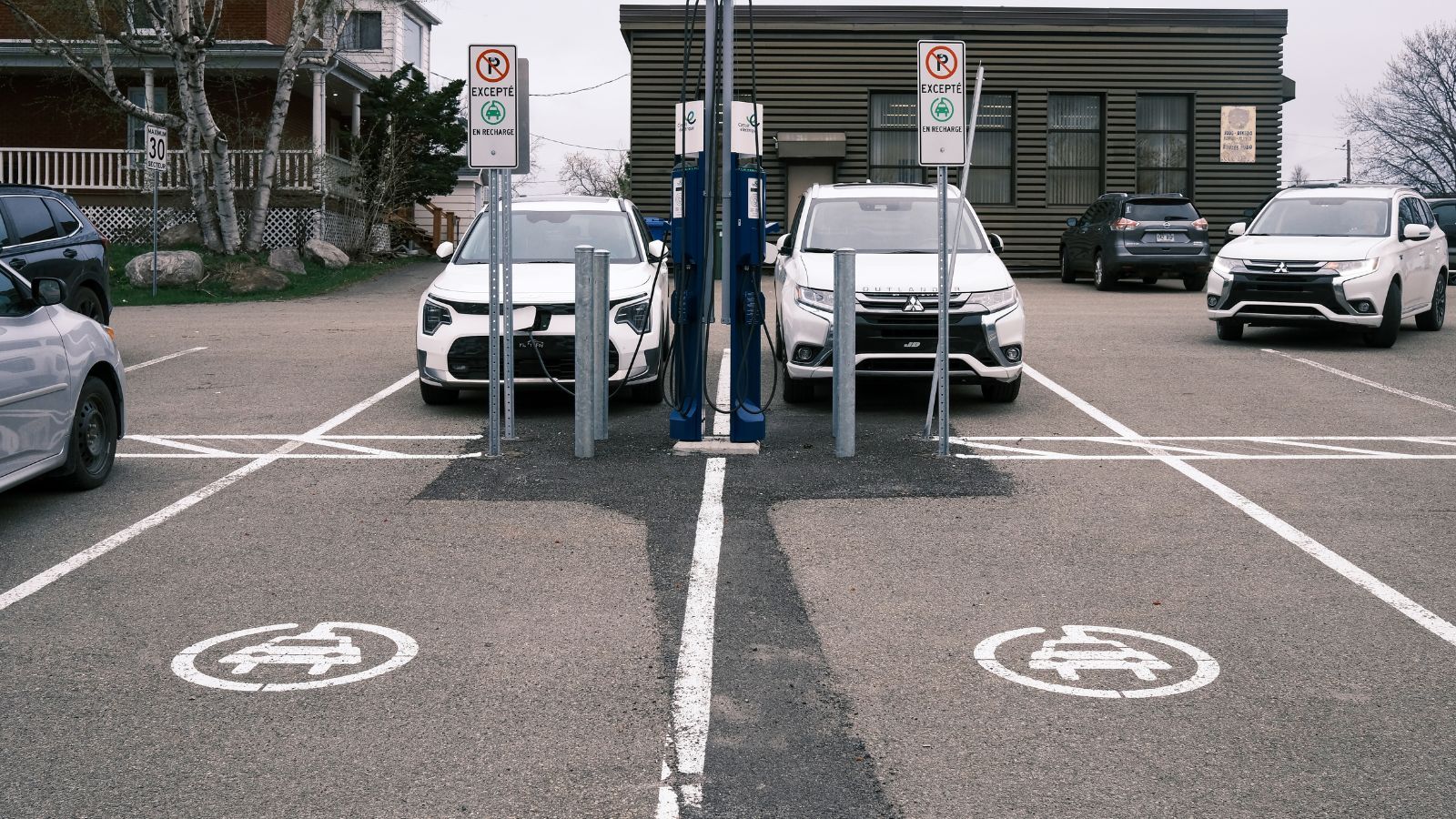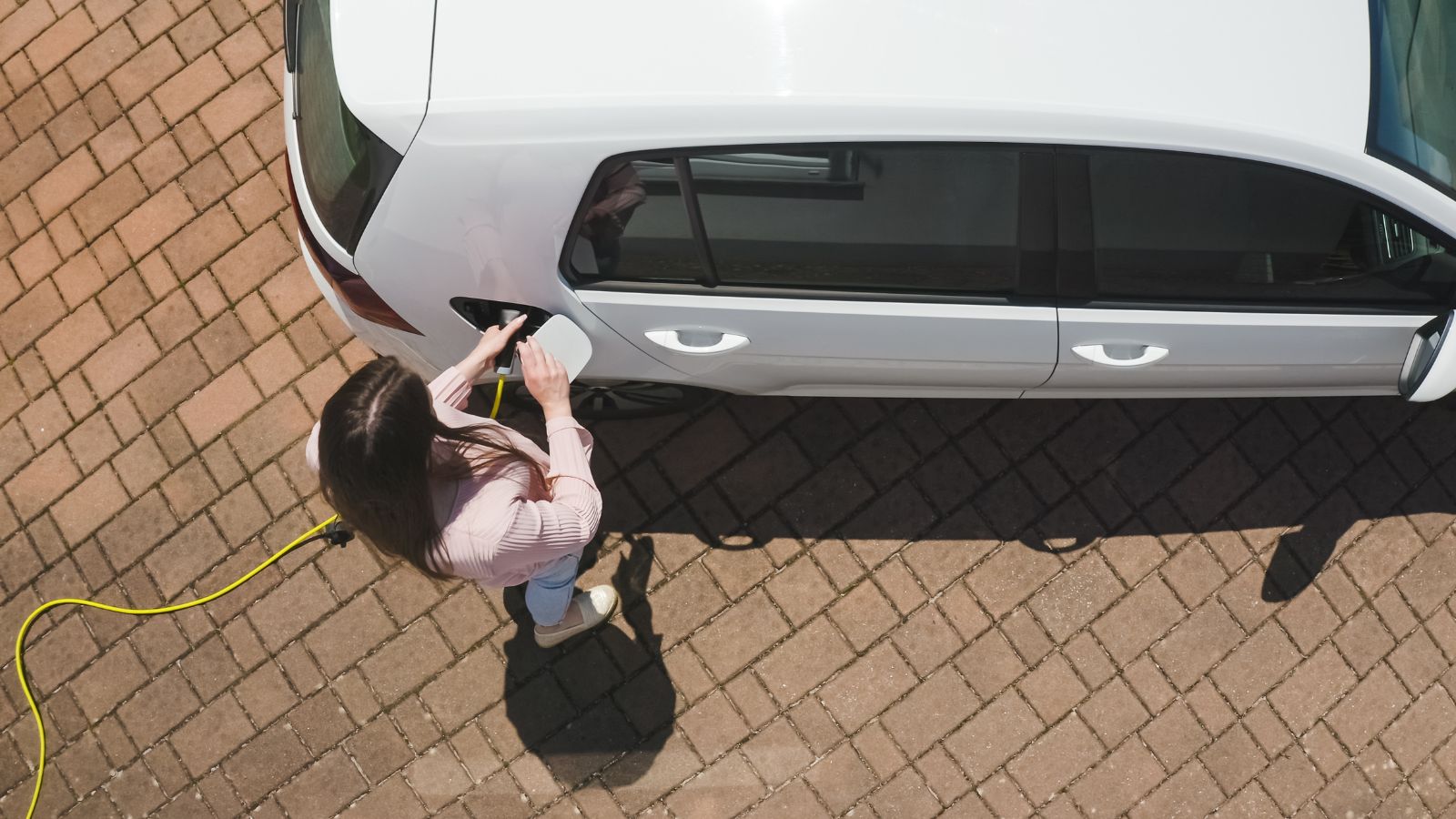Walk through a college parking lot or talk to drivers in their twenties and it quickly becomes clear that electric vehicles are capturing more attention than traditional gas powered cars. While older generations often lean toward the familiar rumble of an engine and the practicality of a fuel pump on every corner, younger buyers are making different choices. This generational shift in preferences is about more than technology. It reflects changing values, economic realities, and the way young people connect transportation with their lifestyle.
Environmental Awareness Matters More Than Ever

For many young drivers, climate change and sustainability are not abstract ideas but pressing issues. They grew up in an era of rising global temperatures, extreme weather events, and constant media focus on environmental responsibility. Driving an EV feels like a tangible way to reduce their personal impact. Gas powered cars are increasingly associated with pollution and old habits, while EVs represent forward thinking and progress. For a generation that prides itself on being eco conscious, choosing electric is as much about identity as it is about transportation.
Technology Appeals to a Connected Generation

Young people are digital natives who grew up with smartphones, apps, and smart devices. EVs fit neatly into that world. Electric cars often come with advanced infotainment systems, seamless smartphone integration, and over the air software updates that improve features long after purchase. Compared to the analog nature of traditional gas vehicles, EVs feel like an extension of the digital lifestyle. Features such as large touchscreens, voice commands, and built in connectivity are not luxuries for younger drivers, they are expectations.
Lower Running Costs Resonate with Tight Budgets

While EVs can carry higher sticker prices, young people often focus on the day to day costs of ownership. Electricity is cheaper per mile than gasoline, and the reduced need for oil changes, transmission repairs, and exhaust system maintenance makes long term ownership more affordable. Many in their twenties and thirties are already stretched thin by rent, student loans, and everyday expenses. The appeal of lower operating costs helps justify the leap into electric, even if the upfront investment is higher.
Social Image and Cultural Momentum

Car culture is shifting, and young people often place as much value on what a vehicle says about them as how it drives. EVs are seen as modern, innovative, and environmentally responsible. Gas powered cars, once symbols of status or rebellion, now carry an image of being outdated or inefficient in many circles. Driving electric aligns with the values of social responsibility and progress that young people often project online and in their communities. The cultural conversation around EVs makes them attractive as lifestyle choices as much as transportation.
Government Incentives and Policies Influence Choices

Younger buyers are paying attention to incentives, tax credits, and state level benefits that make EVs more accessible. Cities that offer perks such as reduced tolls, access to HOV lanes, or free parking for EVs give younger drivers practical reasons to make the switch. For many, these small but meaningful advantages offset the challenge of higher purchase prices. In contrast, gas powered cars come with fewer perks and increasingly face restrictions in urban centers that discourage their use.
Charging Fits Their Lifestyle Better Than Many Think

Older generations often see charging as a hassle compared to quick fill ups at the pump, but young people with flexible schedules and tech savvy habits often find it manageable. Many live in urban or suburban areas with growing access to charging stations, and those with home or apartment chargers see plugging in overnight as no different from charging a phone. For drivers who are not road tripping every weekend, the convenience of waking up to a full battery outweighs the perceived drawbacks.
Incentives

Younger generations are embracing EVs not just because of government incentives or trendy styling but because these cars align with their values, technology habits, and financial priorities. EVs represent clean energy, digital integration, and lower operating costs, all of which matter to people growing up in a fast changing world. While gas vehicles are still widely used, their cultural weight is fading with younger drivers who see electric as the future. For them, choosing an EV is not only practical but also a statement about the kind of world they want to live in.
25 Facts About Car Loans That Most Drivers Don’t Realize

Car loans are one of the most common ways people fund car purchases. Like any other kind of loan, car loans can have certain features that can be regarded as an advantage or a disadvantage to the borrower. Understanding all essential facts about car loans and how they work to ensure that you get the best deal for your financial situation is essential. Here are 25 shocking facts about car loans that most drivers don’t realize:
25 Facts About Car Loans That Most Drivers Don’t Realize
